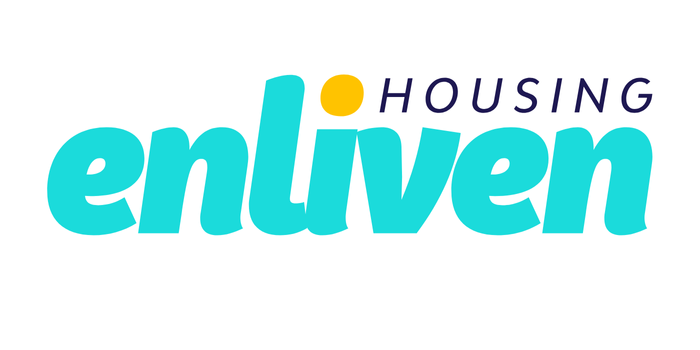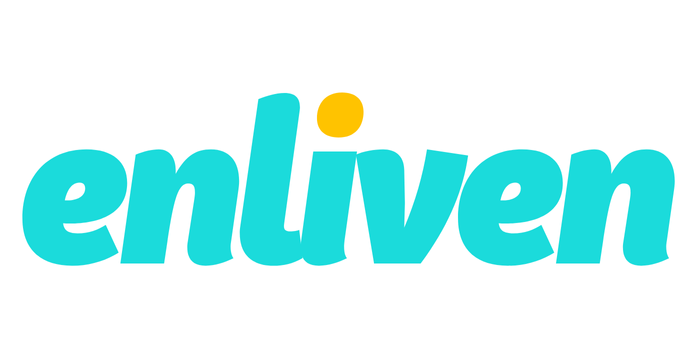The Specialist Disability Accommodation (SDA) Pricing Arrangements help set fair and consistent price limits for the funding of different types of SDA homes. In this article, we’ll break down what these are, how they’re set and how they affect your funding and housing options.
Understanding SDA Pricing Arrangements
The SDA Pricing Arrangements set the maximum price providers can charge for SDA under the National Disability Insurance Scheme (NDIS). It outlines the rules and limits that both providers and participants must follow.
These price arrangements are set by the National Disability Insurance Agency (NDIA). It was created to ensure that the price SDA providers charge accurately reflects the costs of delivering the service. It also ensures you receive the right supports.
When allocating funding, the NDIA will use the SDA Pricing Arrangements as a guide to determine the appropriate amount you need to access the services and housing that suit you.
What Factors Influence SDA Pricing?
SDA pricing is shaped by a range of factors outlined in the SDA Pricing Arrangements. Below, we break down some of the key elements that can impact the cost:
SDA Pricing for Design Category and Dwelling Type
The SDA Pricing Arrangements determine the price limits based on both the design category and the dwelling type.
There are four categories of SDA:
Each category must meet the design features outlined in the SDA Design Standard. For example, HPS SDA homes must include features like wider doorways (at least 95cm). The NDIA will assess how these design features reduce your need for daily support. Your SDA funding amount will vary depending on which category you’re eligible for.
The SDA Pricing Arrangements also recognise four types of dwellings:
- Apartments
- Villas, duplexes and townhouses
- Houses
- Group homes (shared accommodation)
Each dwelling type has its own pricing limits, influenced by other key factors as well.

New Build, Existing Stock or Legacy Stock SDA
Another key factor that influences SDA Pricing Arrangements is the type of SDA home. More specifically, the cost of SDA can vary depending on whether the home is classified as a New Build, Existing Stock or Legacy Stock. Each type has specific requirements based on when it was built, how many people it accommodates and how well it meets SDA design standards. The table below outlines some of the key differences between each SDA type.
| Criteria | Certificate of Occupancy | How Many People Can Live There? | What’s Needed to Be Enrolled? |
| New Build | The building must have been approved for use (got its occupancy certificate) on or after 1 April 2016. | Up to 5 people, or the person with disability and their immediate family. | Must meet strict design standards and be assessed by a certified SDA assessor. |
| Existing Stock | Not issued as New Build; must have been used for SDA between 1 July 2013 and 1 December 2016. | Up to 5 people or the person with disability and their immediate family. | Must have been used for disability accommodation in the past and meet basic design standards. |
| Legacy Stock | Same as Existing Stock – not issued as New Build; must meet additional conditions for higher resident numbers. | More than 5 people can live there. | Must have been used for disability accommodation in the past and meet basic design standards. |
New Build typically has the highest SDA cost, while Legacy Stock is usually the lowest. This is mainly due to differences in design, accessibility and safety requirements. New Build SDA must comply with the current SDA Design Standard, which includes more complex features, whereas Legacy Stock only needs to meet basic, more relaxed standards.
SDA Cost by Location
Location is another factor that’s considered in the SDA price guide. The SDA Pricing Arrangements set different price limits based on regions defined by the Australian Bureau of Statistics (ABS). In general, SDA prices tend to be higher in remote areas than in capital cities or regional centres. This is because the NDIA recognises the additional costs involved in delivering housing and support in more isolated locations.
At Enliven Housing, we have SDA all throughout NSW, VIC, ACT, WA, SA and QLD. If you’re curious to see what options are available to you, feel free to reach out to a friendly team.
SDA Price Guide: Number of Residents
SDA pricing can vary depending on the number of participants within the home. The SDA Pricing Arrangement outlines the pricing for a range of occupancy options for example, single or shared. SDA pricing is generally higher when fewer residents share a home. This reflects the greater cost of providing individualised housing and support in smaller settings.
SDA Pricing: Onsite Overnight Assistance
The SDA Pricing Arrangements set different price limits depending on whether a home includes Onsite Overnight Assistance (OOA). OOA is flexible support, provided by a worker who stays overnight in a separate room within the home building.
SDA with an OOA room will have a higher cost compared to those without. The SDA cost will also vary depending on the building and whether the support is shared with other dwellings. For example, apartments with OOA tend to have a higher SDA cost compared to houses or villas.

How do SDA Payments Work?
Your SDA provider will collect payments directly from the NDIS through the NDIS Participant Portal. This portal keeps track of your funding and shows any payment requests made by your provider. The whole process is automated, so you don’t need to do anything.
The SDA funding from the NDIS covers things like the building itself and its upkeep. However, you’re still expected to contribute a small amount towards rent. This is called a Reasonable Rent Contribution (RRC) and it’s paid directly by you to your SDA provider. The SDA Pricing Arrangements set a cap on this amount.
With Enliven Housing, your rent contribution will never exceed:
- 25% of your Disability Support Pension
- 25% of your Pension Supplement
- 100% of your Commonwealth Rent Assistance (or equivalent)
How does Enliven Support SDA Participants
We know that navigating SDA, including understanding your funding and how the SDA Pricing Arrangements work, can feel overwhelming. That’s why our team is here to guide you every step of the way, as shown through the experience of Jacob, one of our tenants:
“The team at Enliven have been incredibly supportive in my journey accessing NDIS SDA and the processes involved to enable me to achieve one of my goals to live on my own”
Whether it’s breaking down the SDA price limits or understanding the processes, we’re committed to making the process clearer, simpler and more empowering.

Choose Australia’s Most Trusted SDA Housing Provider
Understanding the SDA Pricing Arrangements can make a big difference when planning your next steps. Whether you’re already an NDIS participant or just starting to explore your options, we’re here to help. A great first step is to explore our SDA Guide or try our SDA Eligibility Calculator to see what may apply to you.
We hope this article gave you a clearer picture of the SDA Pricing Arrangements. If you have any questions, don’t hesitate to reach out – our friendly team is always happy to help.








